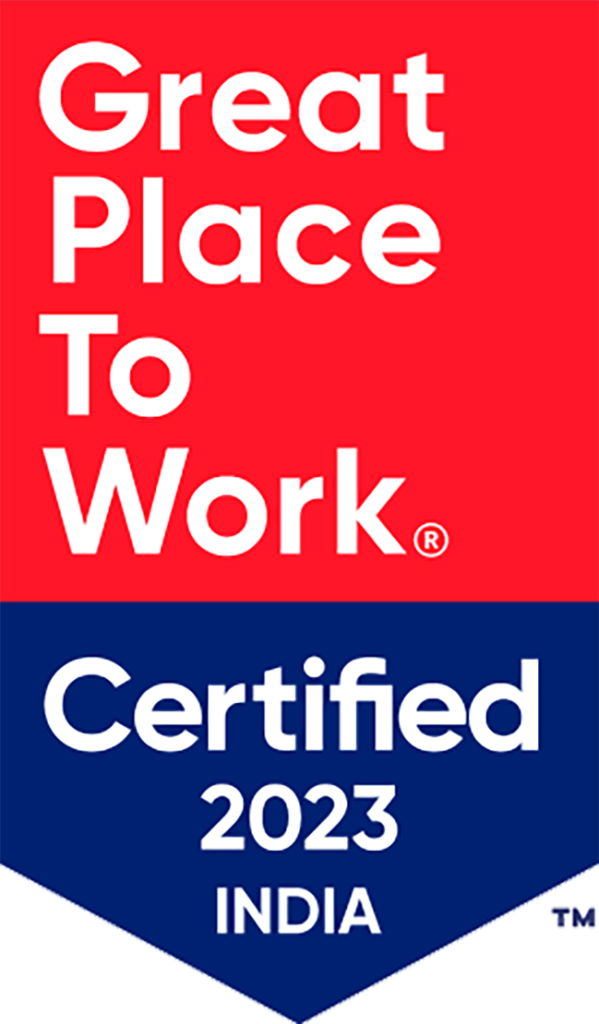There are many data points that, when combined, reflect the state of your MSP, from earnings to valuation to operating profit. Each of them have ways to be improved and/or maintained. One of the key indicators of long-term success is your Net Promoter Score – aka, NPS.
Why? Because it can have a direct impact on all the other business indicators regarding your MSP, helping or hindering your financial and operational goals.
What is NPS?
NPS is a measure of brand loyalty from your customer base. It’s typically there to measure a more holistic view of how they feel about your services and working with you ― not just an individual interaction like customer satisfaction. So this isn’t your Customer Satisfaction (CSAT) survey which is distributed for every customer transaction. An NPS survey is typically distributed quarterly but, like CSAT, it asks one question of your customer: “On a scale of 0 to 10, how likely are you to recommend our services?”
If they respond with a 9 or 10, that means they’re very likely to recommend your services. They’re very happy with your organization as a whole and they’re viewed as a “Promoter” or a brand ambassador. If they reply with a 7 or 8, then they’re considered a “Passive”. This means that they’re not super thrilled with your services, but they’re not super upset either. If their response is anywhere from 0 to 6, then that customer is considered a “Detractor” of your brand. They aren’t just upset about an individual interaction; they’re saying they don’t see any value in the relationship. So, you obviously need to identify those issues before it becomes a big problem, like a cancellation.
Think of your NPS as an early warning system that alerts you to an approaching storm, giving you the opportunity to effectively address it before irreversible damage is done.
How do I boost my scores?
What is the NPS for your MSP? Do you even know? You should., it’s a great opportunity to figure out how you get a customer from where they “might recommend” you to where they “definitely would recommend” you.
For instance, with a customer rating of 7 or 8, there might be a problem that you could fix with quick action. Or, with a score 3 or 4, you can anticipate and proactively remediate a possible cancellation or non-renewal situation. As a good MSP owner, you want to convert that customer to a 9 or 10. So what do you do? There are two primary ways:
Your customer – Let’s say you’re doing a quarterly snapshot. What was your overall NPS score? Where can you improve? Filter your responses and determine who gave you an 8 or lower. Reach out to them; the conversation can be led by your account representative and it’s with the service manager or the owner. Something along the lines of, “Hey, I noticed you gave us a low score. We’d like to learn from this. Do you have time to chat?” could turn the relationship around. From this critical conversation, outline a plan to address the issue(s) to. Then watch your NPS rating climb.
Your employees – Cardinal rule: Happy employees make for happy customers! Some NPS programs also offer a complementary version to gauge employee satisfaction (eNPS). These quick surveys can help determine your MSP’s overall morale. A strong eNPS score indicates the likelihood of your employees recommending peers to work at your business. A lower score reflects a concern about the business as a viable opportunity for others in the job market. In this day and age of talent acquisition, a strong eNPS score can positively impact your business and recruitment efforts.
Your NPS score allows you to understand your MSP’s position in the channel as a whole, enabling you to identify and leverage your strengths so that you can grow your customer base, generate additional or steady revenue, and hit your goals. Your eNPS can serve as a key indicator to the strength and scalability of your business. When your employees are happy and supportive, and actively recruiting on your behalf, you have a good chance of having the team you need as your business evolves.
TeamGPS is an ITBD solution that offers NPS services in addition to CSAT, employee recognition and rewards, and 1:1 meeting guidance based on real-time customer feedback. If you’re interested in learning more about the product, click here for a demo.







